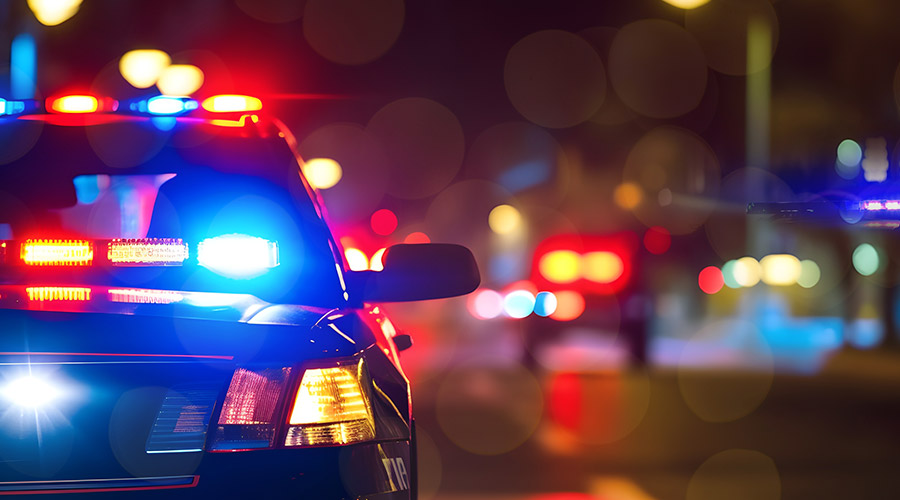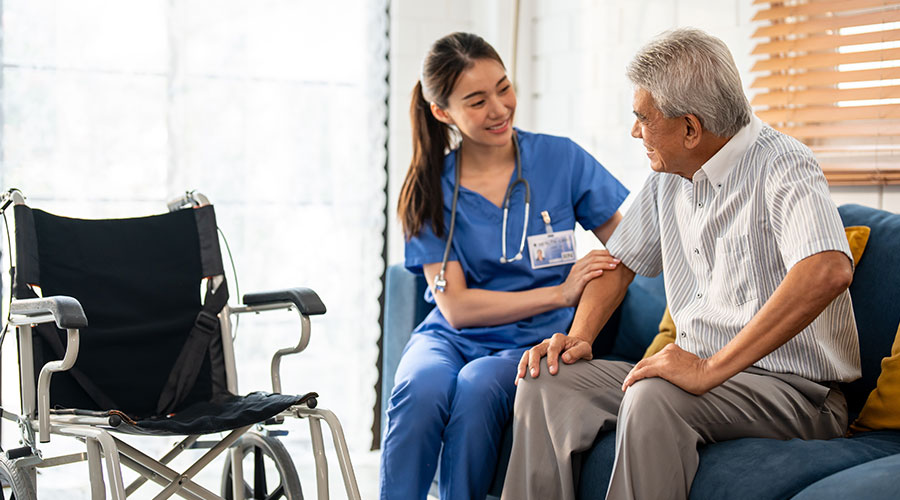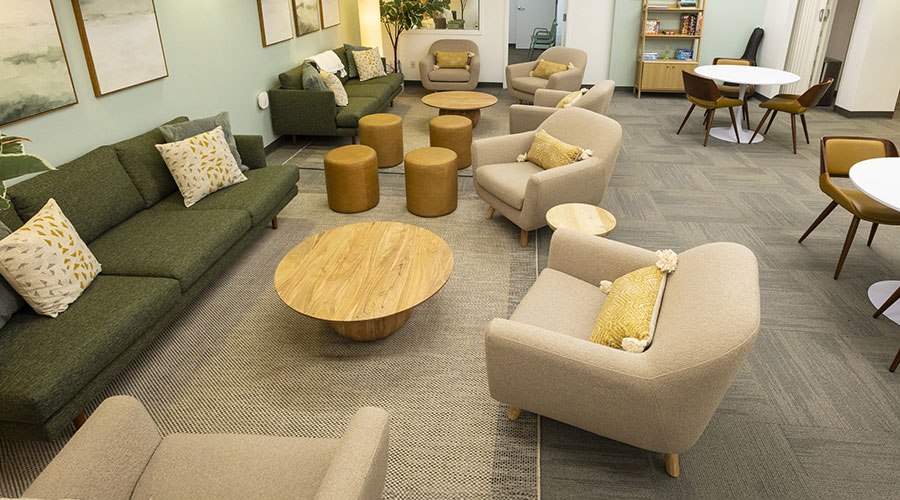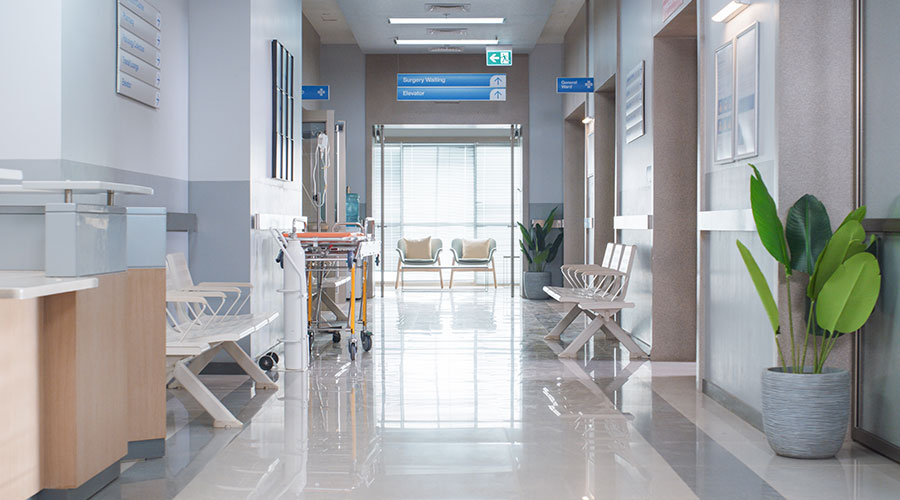A 49-year-old Diogenes Archangel-Ortiz entered UPMC Memorial Hospital in York, Pennsylvania, with a pistol and zip ties, taking staff members hostage in the ICU, WLBT3 reports. He was later killed in a shootout with police. This attack left one officer, Adrew Duarte, dead and others injured, including a doctor, nurse, custodian and two officers, all of whom were reported to be in stable condition.
The York County District Attorney Tim Baker says that Archangel-Ortiz allegedly had prior contact with the ICU for an unspecified medical reason involving another person, WLBT3 reports. The motive remains unclear, though Baker says it appears the shooter allegedly targeted the ICU staff after reviewing surveillance footage. The hospital remains closed to visitors as of this publication.
Violence in healthcare settings remains an increasingly common occurrence, with Healthcare Facilities Today reporting 18 different violent incidents in the past year. Key to managing this tide of violent incidents are surveillance cameras and access control systems.
Related: Healthcare Crime and Violent Incidents by the Numbers
Surveillance cameras play a critical role in monitoring and recording the happenings of a healthcare facility, especially when the situation turns violent. Proper placement of these cameras will help ensure key areas of the facility are watched over.
However, surveillance cameras can’t just be placed wherever, as they do have to comply with HIPAA regulations. Security 101 recommends these tips to remain compliant while using video surveillance:
- Only use the cameras in public areas and don’t install them in places where people expect privacy.
- Be wary of what the cameras are capturing. Ensure they have no access to protected health information (PHI), such as in an operating room or a lab. For example, these two areas could have computer screens displaying PHI, so make sure the cameras aren’t pointed at the screens.
- When using viewing stations or monitors, implement a restricted zone where video footage can only be viewed and accessed by authorized individuals.
- Check for any system vulnerabilities, and make sure the surveillance system is using end-to-end encryption and other sufficient security safeguards. This will secure data from people who don’t have a decryption key. Also, do a routine audit to check for possible vulnerabilities within the system.
Meanwhile, access controls add another layer of security to a healthcare facility by both restricting or enabling access and alerting security personnel.
“Should a critical event or violent incident occur, areas of an access-managed healthcare facility can be locked down instantly to help contain the threat,” Doug Coppola, senior director of healthcare solutions for North America at LenelS2, previously told Healthcare Facilities Today. “Advanced access control solutions can incorporate personal panic devices and video analytics to identify and/or mitigate a threat before it escalates. Personal panic devices utilizing real time location services can be initiated by an individual if they perceive a threat, notifying security of who needs help and where to send it.”
Jeff Wardon, Jr., is the assistant editor of the facilities market.

 Designing Healthcare Facilities for Pediatric and Geriatric Populations
Designing Healthcare Facilities for Pediatric and Geriatric Populations Kaiser Permanente Announces New Hospital Tower at Sunnyside Medical Center
Kaiser Permanente Announces New Hospital Tower at Sunnyside Medical Center Building Disaster Resilience Through Collaboration
Building Disaster Resilience Through Collaboration Amae Health Expands to New York City
Amae Health Expands to New York City Hospital for Special Surgery Opens Two New Facilities in New Jersey
Hospital for Special Surgery Opens Two New Facilities in New Jersey